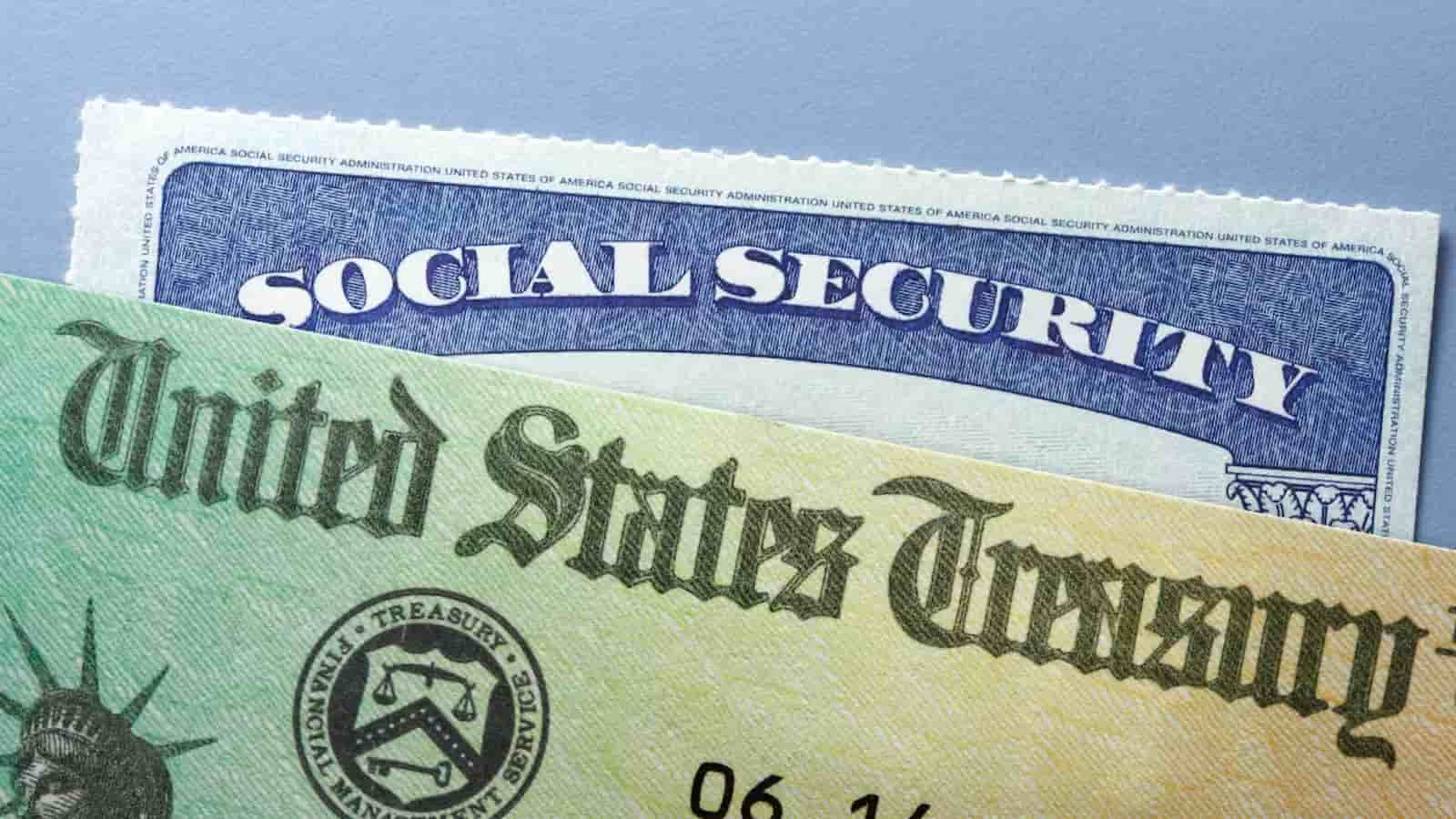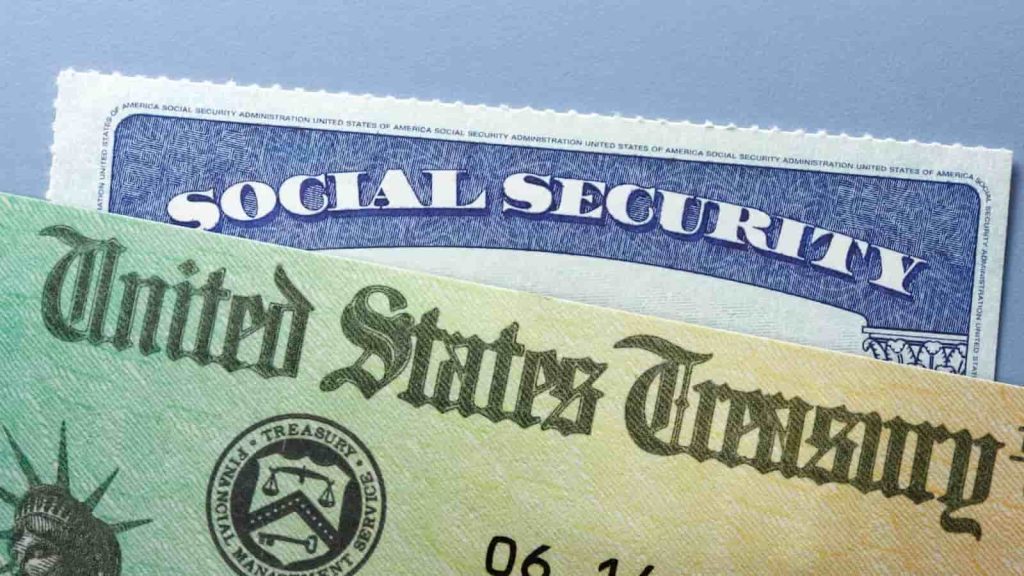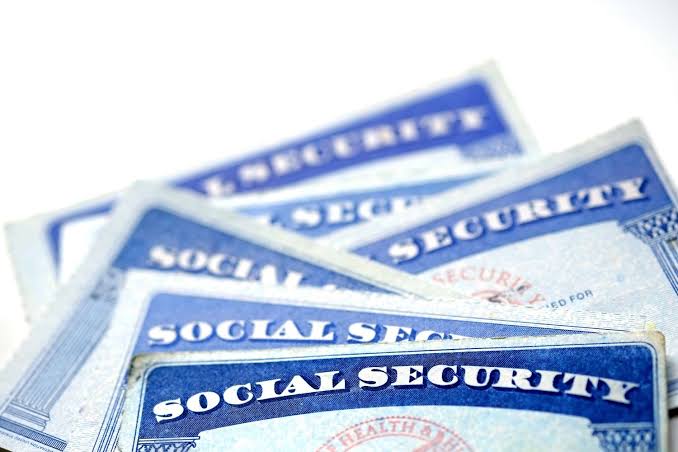It’s payday for millions of Social Security recipients as the second round of July payments lands today, Wednesday, July 9, 2025. While the average check is just over $2,000, a select few are receiving more than double that amount, and it all comes down to your birthday and when you started claiming benefits.
If your birthday falls between the 1st and the 10th of any month, and you started collecting Social Security after May 1997, today’s the day your check arrives. But how much you receive—and why some retirees are seeing checks over $5,100—depends on several key factors most people overlook.
Who Gets Paid on July 9?
The Social Security Administration (SSA) sends out retirement and disability payments on a staggered schedule based on birth dates. Here’s the breakdown:
-
If your birthday falls on the 1st–10th, your check is issued on the second Wednesday of the month—July 9 this time.
-
Those with birthdays on the 11th–20th will be paid next Wednesday, July 16.
-
If your birthday is the 21st–31st, your check arrives on July 23.
To receive payments on this schedule, you must have started collecting benefits on or after May 1, 1997. If you began before that date or receive SSI, your payment likely came earlier in the month.
How Much Will You Get?
Most retirees will receive an average of about $2,002 this month. However, depending on your work history and when you claimed your benefits, your monthly amount could vary significantly:
-
$2,831/month if you filed at age 62
-
$4,018/month if you claimed at your full retirement age (66–67)
-
Up to $5,108/month if you waited until age 70
To qualify for the maximum benefit, you must have earned the maximum taxable income (currently $176,100 per year in 2025) for at least 35 years and delayed your benefits until age 70.

Why So Much Variation in Payments?
Your Social Security benefit is calculated based on:
-
Your highest 35 years of earnings
-
Your age when you start claiming
-
Adjustments for inflation and annual cost-of-living increases
If you started collecting early, you’ll receive reduced monthly payments—sometimes up to 30% less than if you waited until full retirement age. On the other hand, delaying benefits until age 70 earns you an 8% increase per year past your FRA.
That’s why the difference between a $2,000 check and a $5,000+ check comes down to years of planning, earnings, and timing.
What to Do If You’re Expecting a Payment Today
If your birthday falls between the 1st and the 10th and you’re eligible under the current schedule:
-
Check your bank account today for your deposit.
-
If it hasn’t arrived, verify your SSA account online at ssa.gov to confirm your payment date.
-
Be aware that delays may occur depending on your bank’s processing time.
If you’re still years from claiming benefits, now is the time to start planning. Delaying your claim—even by a year or two—can have a major impact on your monthly income in retirement.
Final Word
While many Americans are seeing $2,000 land in their accounts today, a small group is pulling in more than twice that amount. Understanding how Social Security works—especially how timing and income affect your benefits—can make a world of difference in what you receive.



